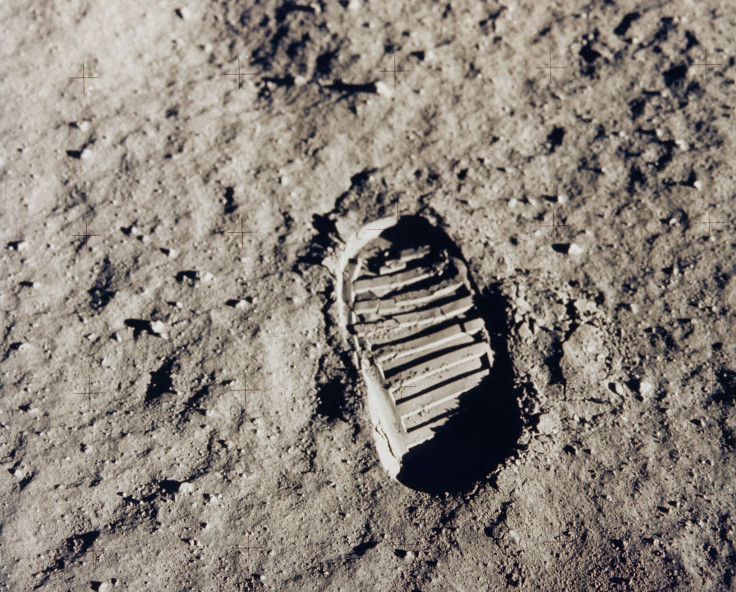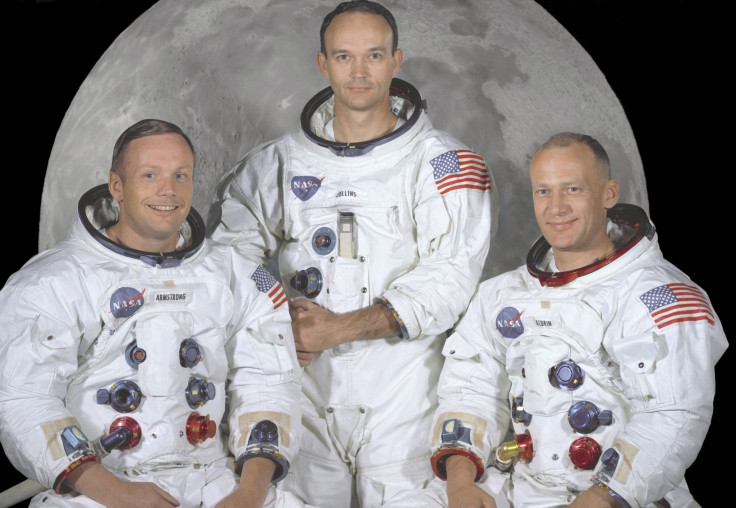Let's Celebrate The Apollo 11 Anniversary And Look To The Future Of NASA

Apollo 11 and Neil Armstrong landed on the moon 46 years ago Monday, an amazing feat that ended the Space Race and kicked off the next chapter of space exploration. Since 1969, NASA has explored every planet in the solar system and Voyager 1 has reached interstellar space while Voyager 2 is hot on its heels. Manned launches will return to U.S. soil in 2017, while NASA hopes to land on Mars in the 2030s.

Apollo 11 required plenty of men and women to accomplish the mission and the success last week of New Horizons shows not much has changed. NASA's strongest asset continues to be its abundance of amazing people working together to accomplish the impossible. Before New Horizons, Pluto was a blurry dot in the Kuiper Belt. New Horizons' observations have revealed Pluto's actual size -- 1,473 miles in diameter -- and surprising surface features on the dwarf planet and its largest moon, Charon. Pluto has ice mountains, a frozen plain in its "heart" and is still geologically active, while Charon is full of chasms. The New Horizons team also discovered Pluto has a "tail" and its atmosphere is escaping into space.
President Barack Obama celebrated the 46th anniversary of the Apollo 11 mission by meeting with astronauts Michael Collins and Buzz Aldrin, Neil Armstrong's widow, Carol Armstrong, and NASA Adminstrator Charles Bolden. The Smithsonian launched its own Kickstarter campaign Monday to raise money to conserve Armstrong's spacesuit. While the Smithsonian is federally funded, a restoration project is not covered. The museum wants to restore Armstrong's suit and make it available for display in time for the 50th anniversary of Apollo 11. The Smithsonian also will digitize the spacesuit and let anyone make a 3D printed version of Armstrong's glove.
#OTD in 1969, one giant leap for mankind was taken when the Apollo 11 crew landed on the Moon http://t.co/9XC7OqpZKv pic.twitter.com/iWKZFQhCBO
— NASA (@NASA) July 20, 2015Apollo 11 was the beginning of even more ambitious plans from NASA and New Horizons as a result of that mindset. In the near future, SpaceX and Boeing will launch spacecraft carrying NASA astronauts to the International Space Station. There's also a plan to redirect an asteroid to the lunar orbit and have astronauts land on the captured object. All of that would lead to the biggest thing since the lunar landing; the first man (or woman) on the red planet. As we look ahead to NASA's future, let's look back at the historic Apollo 11 landing on July 20, 1969.
© Copyright IBTimes 2024. All rights reserved.





















